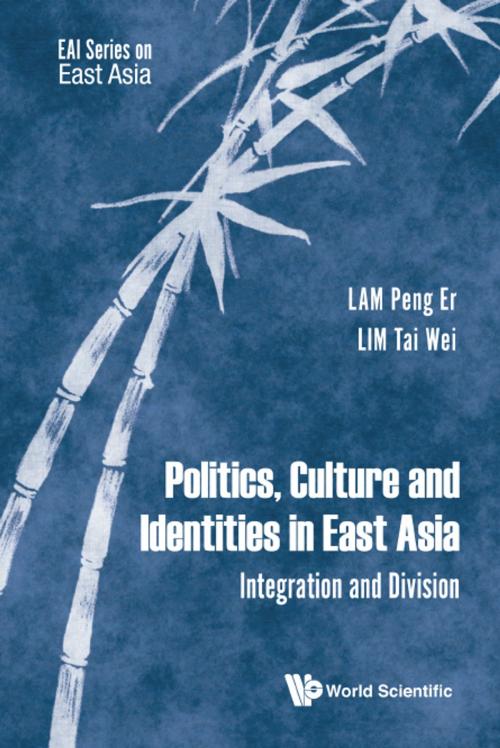Politics, Culture and Identities in East Asia
Integration and Division
Nonfiction, Social & Cultural Studies, Political Science, International, International Relations| Author: | Peng Er Lam, Tai Wei Lim | ISBN: | 9789813226241 |
| Publisher: | World Scientific Publishing Company | Publication: | September 15, 2017 |
| Imprint: | WSPC | Language: | English |
| Author: | Peng Er Lam, Tai Wei Lim |
| ISBN: | 9789813226241 |
| Publisher: | World Scientific Publishing Company |
| Publication: | September 15, 2017 |
| Imprint: | WSPC |
| Language: | English |
This edited book reflects the "yin-yang" of East Asia — the analogy of co-existing "hot and cold" trends in that region. To concentrate only on geopolitical competition and regional "hot spots" will exaggerate, if not misrepresent East Asia as a Hobbesian world. Nevertheless, geopolitical competition cannot be ignored because a failure of the balance of power and deterrence between China and the United States (and its allies) will destabilise the region. There are four "vectors" in the geopolitics of East Asia: China rising, the United States "rebalancing" to this region, Japan "normalising" as a nation-state and ASEAN emerging as a regional community. The interplay of these four "vectors" will set the trajectory of geopolitics in East Asia. Another focus of this volume is on the politics of identity. The distinctiveness, character and flavour of a group, real or imagined, can be "cool". "Cool" as in being charming and appealing transcends national boundaries. Plurality and diversity of identities and cultures in East Asia can be a celebration of life and humanity. However, xenophobic identities, often based on exclusive race, language, religion and hegemony, and its subsequent politicisation can rend a nation apart. Indeed, the affirmation of one's identity may be at the expense or denial of the identity of "the other". Similarly, the assertion and the intricacy of identity and nationalism in East Asia can also be problematic. However, a person or group can have multiple and different scales of identities. Indeed, identities can be fluid and situational.
This edited book reflects the "yin-yang" of East Asia — the analogy of co-existing "hot and cold" trends in that region. To concentrate only on geopolitical competition and regional "hot spots" will exaggerate, if not misrepresent East Asia as a Hobbesian world. Nevertheless, geopolitical competition cannot be ignored because a failure of the balance of power and deterrence between China and the United States (and its allies) will destabilise the region. There are four "vectors" in the geopolitics of East Asia: China rising, the United States "rebalancing" to this region, Japan "normalising" as a nation-state and ASEAN emerging as a regional community. The interplay of these four "vectors" will set the trajectory of geopolitics in East Asia. Another focus of this volume is on the politics of identity. The distinctiveness, character and flavour of a group, real or imagined, can be "cool". "Cool" as in being charming and appealing transcends national boundaries. Plurality and diversity of identities and cultures in East Asia can be a celebration of life and humanity. However, xenophobic identities, often based on exclusive race, language, religion and hegemony, and its subsequent politicisation can rend a nation apart. Indeed, the affirmation of one's identity may be at the expense or denial of the identity of "the other". Similarly, the assertion and the intricacy of identity and nationalism in East Asia can also be problematic. However, a person or group can have multiple and different scales of identities. Indeed, identities can be fluid and situational.















